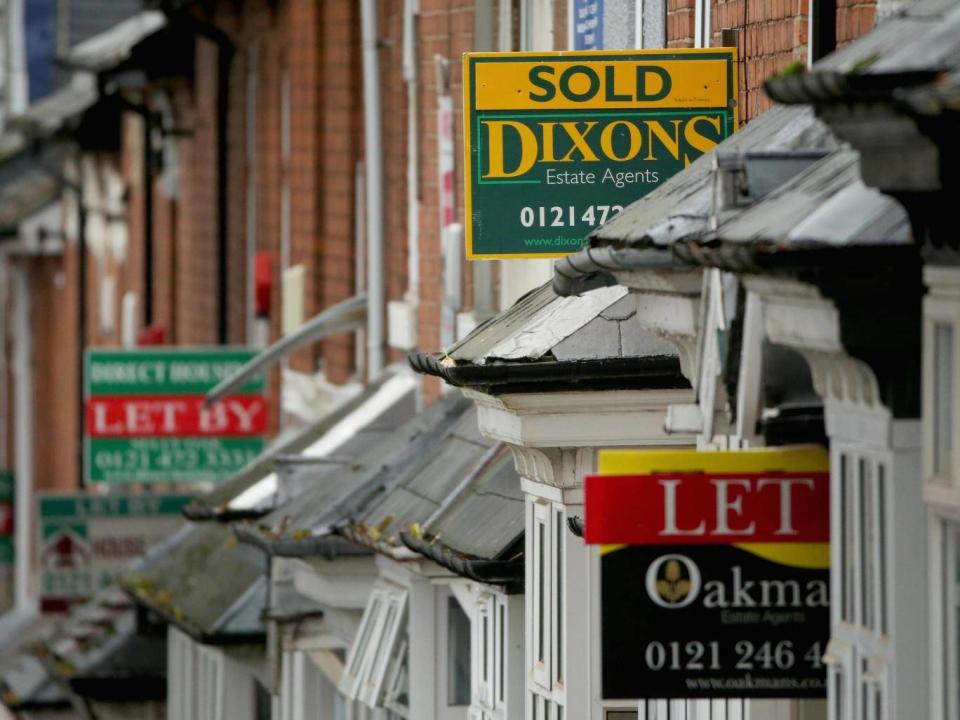Budget: Worst growth in decades pushes Philip Hammond to inject £25bn into economy
Britain faces its worst period of economic growth in more than half a century after official data revealed a country hamstrung by feeble productivity and Brexit.
Dismal figures released alongside Philip Hammond’s Budget led the Chancellor to announce a £25bn cash injection to strengthen the ailing economy.
The major giveaway will see money head towards housebuilding, preparing Whitehall for Brexit, the NHS and boosting the tech sector.
But despite the extra cash most government departments will still experience deep cuts over the next five years, as Mr Hammond struggles to get the public finances under control.
Mr Hammond tried to put a positive sheen on progress towards reducing net debt and abolishing the deficit, but data suggested Britain would now fail to achieve a budget surplus before 2031.
Forecasts from the Office for Budget Responsibility indicated GDP would grow by 1.5 per cent in 2017, down from the 2 per cent forecast in March.
The Government’s official financial auditor said growth would drop to 1.4 per cent next year – as low as 1.3 per cent in 2019 and 2020 – and then pick up to 1.5 per cent in 2021 and 1.6 per cent in 2022.
The OBR said the main downward pressure on growth was a big fall in the UK’s projected productivity, intensifying public spending cuts and Brexit uncertainty.
The body was established in 2010 by then-Chancellor George Osborne to end a system under which the Treasury produced its own economic growth estimates. The latest predictions are the gloomiest that the auditor has ever given, and they are also smaller than any produced by the Treasury since 1983.
Institute for Fiscal Studies director Paul Johnson said the 1.4 per cent average growth forecast over the period was “much worse than we have had over the last 60 or 70 years”.
While Mr Hammond breezed over the downgraded growth figures in his statement, his officials later accepted that his spending plans were targeted at countering the impacts of limited growth during the period.
The Chancellor’s Budget book showed he planned to spend almost £10bn of his extra £25bn in the year 2018-19 to stimulate the economy as the UK drops out of the European Union.
Assessing Mr Hammond’s proposed extra spending, the OBR said: “The short-term fiscal loosening announced in this Budget, boosts growth by 0.1 percentage points in 2018 and 2019, but its withdrawal then reduces it by the same amount in the following two years.”
A breakdown of the extra spending showed Mr Hammond had also set aside a further £3bn to help government departments prepare for Brexit.
This was almost as much as the extra cash set aside for day-to-day spending on the NHS during the Budget period, which amounted to £3.4bn, though the health service will also receive £4.2bn in capital spending.
Mr Hammond hailed some £15bn in money for new housing and in particular a pledge to help first-time buyers on the property ladder with a stamp duty cut.
But despite Treasury officials’ claims that the offer could help a million first-time buyers save an average of £1,160 off the cost of a house, the OBR delivered a damning assessment of the proposal costing £3.2bn – saying it may only help 3,500.

The body said: “We assume that a temporary relief would feed one-to-one into house prices, but a permanent one will have twice that effect. On this basis, post-[tax cut] prices paid by [first time buyers] would actually be higher with the relief than without it.
“Thus the main gainers from the policy are people who already own a property.”
It later added: “It is also possible that non-first-time buyers will abuse the relief. The measure is expected to increase house prices. It receives a ‘high’ uncertainty rating.”
Mr Hammond’s officials claimed the policy should be taken as one part of a wider housing package, with other measures to boost homebuilding increasing supply and potentially having a balancing effect on prices.
Other schemes included a fund to free up land for development, investment in council housebuilding, “right to buy” for housing association tenants and allowing local authorities to apply a 100 per cent council tax premium on empty properties.
The Chancellor also addressed criticism that benefit claimants were suffering hardship waiting for the new universal credit payment, by reducing the wait to five weeks, costing £1.5bn.
He also announced £2.5bn of investment to kickstart the UK’s lacklustre productivity and invest over £500m in a range of initiatives from artificial intelligence, to 5G and full-fibre broadband.
The OBR said Mr Hammond’s Budget represented a “significant near-term fiscal giveaway” that piled £2.7bn to borrowing next year and £9.2bn in 2019/20 as a result of tax cuts and easing the pressure of departmental cuts.
In the Commons, the Chancellor told MPs that “getting our debt down” was central to his “vision for Britain’s future, and our plan for delivering it”.
But the OBR said that while Mr Hammond had managed to ensure that net debt still falls fractionally as a share of GDP in 2018-19 and by more beyond, it had been achieved largely by announcing fresh sales of RBS shares and by an accounting change which means housing associations in England will be treated as private sector entities in future.
The RBS shares meanwhile, will be sold at a £26.2bn loss, down from a previous forecast of £29.2bn in March, after a recent recovery in the value of the bank’s shares.

 Yahoo News
Yahoo News 
